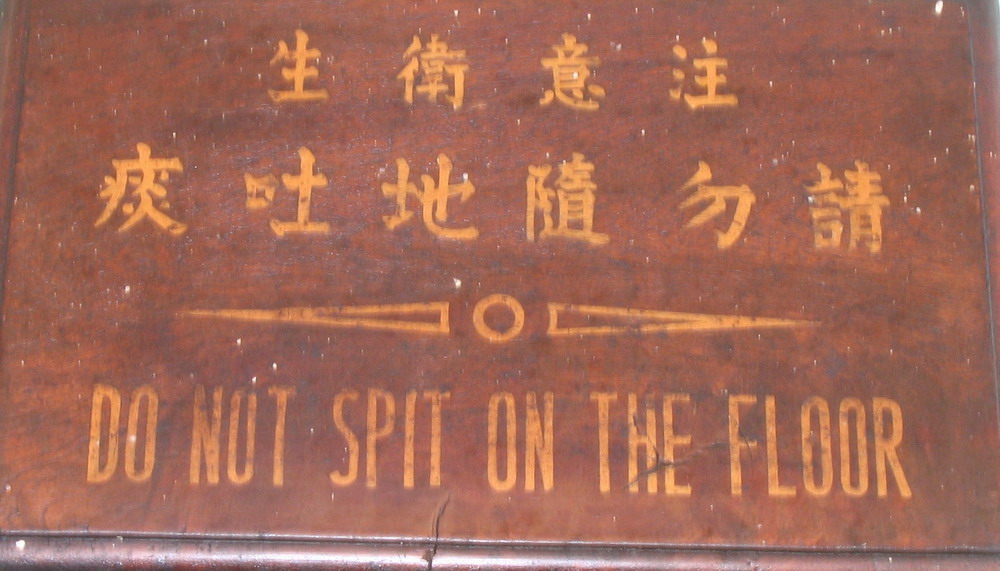That most ubiquitous and basic of dishes from the Chinese takeaway, plain chow mein is actually a really good bench mark of the rest of their cooking – sadly, in the UK, it’s often swimming in oil and there’s never enough beansprouts for me, and by the time it gets home, usually the beansprouts are limp and the noodles too soft…whether that’s because they’ve been overcooked or because they were imprisoned in their container for too long, it’s hard to say.
Luckily, they are simple and quick to make at home – so quick, in fact, that it’s one of those recipes where you should have everything lined up and ready to go before you heat the wok – and when the recipe says 30 seconds, it really means 30 seconds.
If you want a really authentic Cantonese recipe, I highly recommend
http://www.tastehongkong.com/recipes/soy-sauce-fried-noodles-aka-chow-mein/
I have never made her chow mein, but I’ve made quite a few other things from her site, and her recipes work. She is also from the ‘more beansprouts, please’ school of thought.
If, however, you don’t have all the sauces and oils her recipe uses, then this recipe might be the one for you.
Chow mein is traditionally made with egg noodles, fresh or dried – I hardly ever buy them myself, so I tend to use packet rice sticks…which would mean this should be called ‘Plain Jane Ho Fun’ – but that doesn’t scan so nicely….(might also attract spam from ‘adult content’ sites, and heaven knows, I get enough of that already.)
At a pinch, you can use the bargain basement 15p a packet instant noodles – it won’t win you any Michelin stars, but it makes them edible, and means you can throw away that disgusting sachet of soup base.
Ingredients – makes 1 portion as a main, enough for two or three as part of a meal with other dishes
1 portion of noodles – about 100g of dried noodles
1 large handful of beansprouts – about 150 g
½ medium onion
1 tablespoon of kecap manis or 1 tablespoon light soy sauce mixed with 1 teaspoon dark soy and 1 teaspoon of sugar.
1 ½ -2 tablespoons cooking oil – sunflower or peanut
To garnish – spring onion oil, optional
Method
Precook noodles as per the packet instructions, but just slightly underdone – drain and run under cold water, and drain dry again. If you are using packet rice sticks, pre soak for 30 minutes in cold water and drain. Cut onion in half lengthways, and then slice lengthways. Line up all your ingredients, including the beansprouts in a heat proof bowl, as you’ll transfer them back, hot from the pan.
Wipe the wok with a scrap of kitchen towel dipped in oil. Heat the wok until there is a heat haze, and add the onion and allow to sear – not burn! You want them to stay crisp, but their natural sugars to be released. Add ½ tablespoon of oil and swirl around, then add the beansprouts and stir/toss quickly for 30 seconds – no more. The sprouts should just lose their raw taste, but stay white and crisp – cook them any longer and they start to leach out water. Transfer onions and beansprouts back to the bowl, add the rest of the oil to the wok and then the noodles – stir/toss continuously, so that they don’t stick together in a blob – a minute or so, slightly longer if you’re using rice sticks. Add the sauce and toss through for about 15 seconds – add the beansprouts and onions back, toss through and serve.
If you buy your beansprouts, make sure they are not soggy in the bag. If you sprout your own, the secret to getting them long and straight, is to put a slight weight on top of them – a damp clean dish cloth folded over should do, and sprout them in a dark cupboard, as though they were pushing up through the earth.
